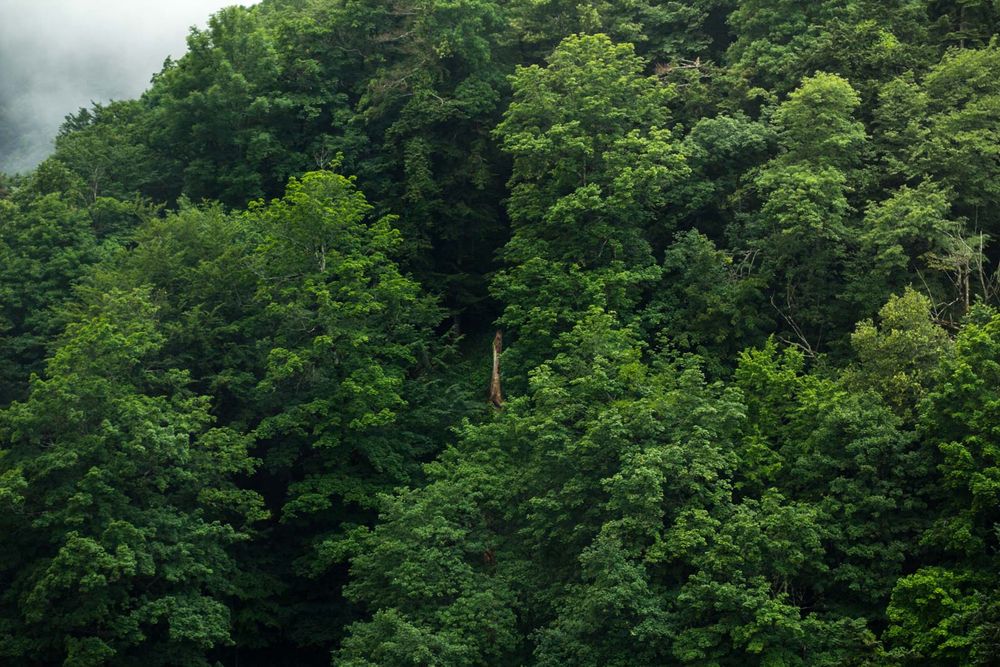May 1861. After years of insurrections, Italy has recently become the Regno d’Italia, a unitary state governed by a constitutional monarchy. In these lands, at an altitude of about 1300 meters, the warmth of spring days and the lengthening of daylight hours allow an underground seed to emerge from the ground. A small sprout of beech tree begins to grow. The germination process will lead to the appearance of a root and two embryonic leaves, the cotyledons. Throughout the summer the small beech shoot will grow very, very, slowly. The common or western beech, whose Latin name is Fagus sylvatica is a dicotyledonous plant, meaning it has two embryonic leaflets. Its distribution range is from southern Sweden to southern Italy and from eastern Spain to western Turkey, at heights ranging from 900 to 2000m (Giesecke et al., 2007). It is a member, along with oaks and chestnut trees, of the Fagaceae family.
September 1870. Italian troops enter Rome to annex the city, which until now belonged to the Papal State, to the Kingdom of Italy. It has been 9 years since the germination of the beech seed and the proclamation of the Unification of Italy. The beech tree is still very small and is preparing to spend another winter in a state of dormancy. About 50 years will have to pass before it reaches sexual maturity and begins blooming (Firbas, 1949).
May 1915. Italy enters the First World War declaring war on Austria-Hungary. In those days, the beech tree begins to flower. The slender trunk, with smooth and shiny bark, has become quite branched. From the branches sprout, in an alternating manner, the oval petiolate leaves with a wavy margin. Between them, the flowers appear. On the same plant, in different positions, the beech tree has both male and female flowers. Male flowers are united in pendulous structures; female flowers are part of a rounded involucre. The wind makes pollination possible, which is the union of the male pollen with the female ovary in the pistil. When the pollen fertilizes the ovule, the seed is formed. The ovary of the pistil changes to become the fruit, protecting the seed. The fruits of the beech tree, beechnuts, are large achenes, wich are fruits with a leathery involucre, contained in husks, similar to but smaller than those of chestnuts. Beechnuts contain oil, used for food purposes, and are edible for many animals. Mice, voles, and several species of birds feed on the beechnuts and help disperse the seeds (Watt, 1923).
November 1918. At the end of the First World War, 57 years after its germination, despite its slender trunk, the beech tree will be easily recognizable by its foliage with the branches of the apical portion vertically erect. In this season, the leaves turn golden-yellow, some fall to the ground, others remain attached to the branches even in winter. Then, at the end of the winter, new leaves will emerge from thousands of reddish buds located at the ends of the branches and the beech tree will begin to grow again.
August 2021. It has been 160 years since the beech tree began growing. By now it is almost 15 meters tall. Around it, hundreds of other beeches make up a beech forest. The dense foliage of the canopies of the mature beeches, which are up to 40 meters tall, retains much of the sunlight. In summer, beech forests appear as shady places with “clean” soil because in the absence of light other herbaceous or shrub species cannot grow.
Despite the fact that beech trees are threatened by late frosts, fungi and some insect pests, such as the Beech Leaf-mining Weevil (Rhynchaenus fagi) and the Mikiola fagi midge, the life of beech trees can still be very long. These trees can live as long as five hundred years (Piovesan et al., 2003). When a beech tree dies, dead wood from still standing logs, fallen logs, and stumps triggers processes that promote the establishment of new life. These decaying trees provide food and shelter for hundreds of species, slowly release nutrients promoting soil fertility, and prevent soil erosion by their presence.
The history of the beech tree is centuries old, from the Unification of Italy, to First World War, to the years of the Sars-CoV-2 virus pandemic. Its memory goes far beyond the years in which we can see it and is enclosed in all the relationships it builds. There are trees in the heart of Europe that allow us to look at the past and at the same time plan for the future. The beech tree is one of them.
Journey to the Ancient Forests of Italy
In August 2020, I was asked to document in pictures the Italian old-growth beech forests inscribed on the UNESCO World Heritage List. A complex task, but even more so, an



